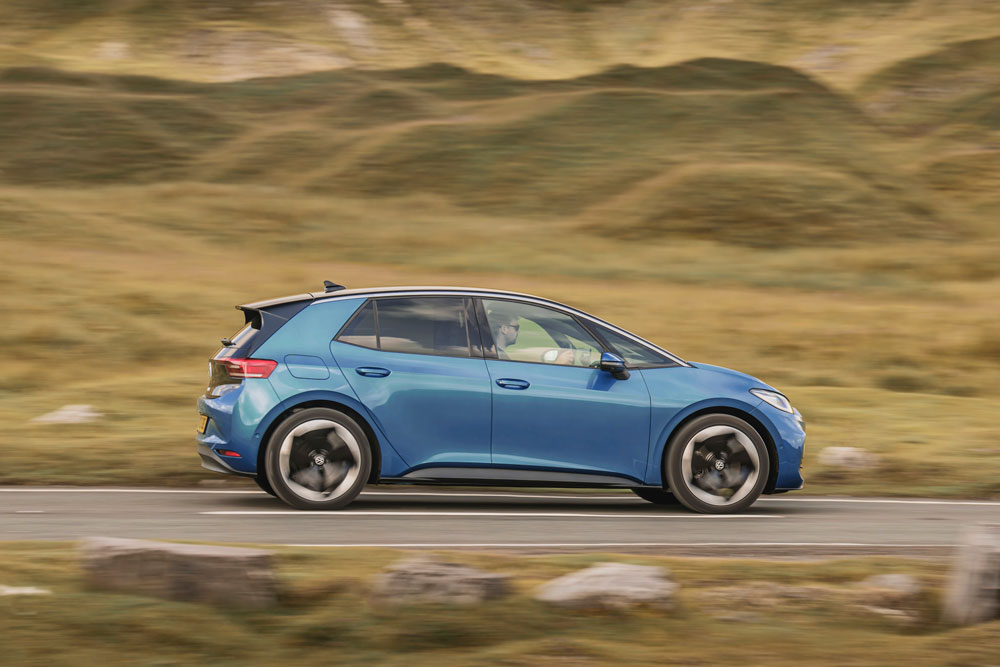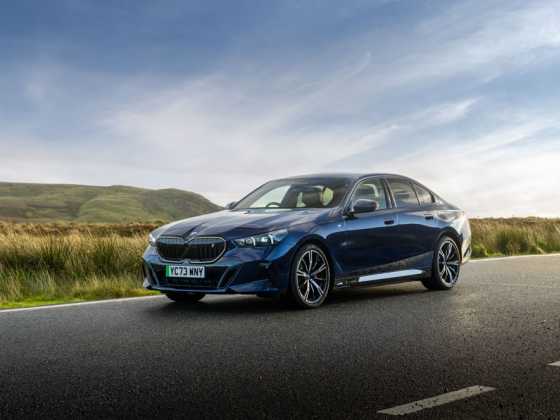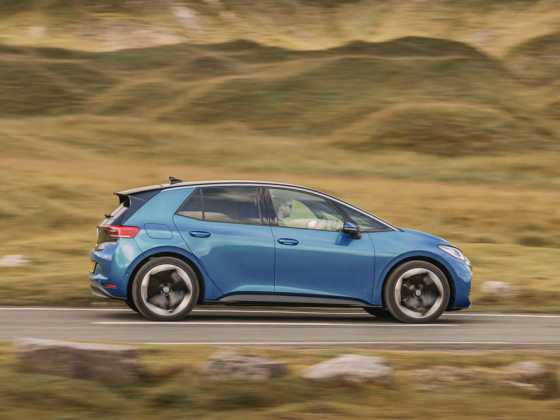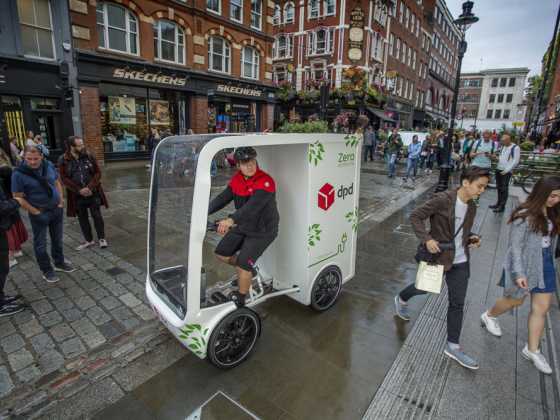Volkswagen ID 3

The Volkswagen ID 3 arrived with a fanfare in 2020, as the company's first bespoke electric car. Recently revised, Richard Gooding discovers the latest version of VW's electric hatchback is usefully improved.
What is it?
The first model to be underpinned by Volkswagen’s new ‘MEB’ modular electric platform, software and quality glitches may have prevented the ID 3 from fulfilling its ultimate potential – although Volkswagen still sold 140,800 ID 3s globally during 2023 – but this revised version goes far to right those wrongs.
Similarly to the previous incarnation (GreenFleet 135), the latest ID 3 is powered by a 201bhp rear electric motor – a 210kW (282bhp) GTX performance model will be launched later this year.
What range does it have?
The refreshed ID 3 has batteries with capacities of 58kWh and 77kWh; the smaller 45kWh battery of the old car has so far not made a reappearance. The 58kWh battery gives a range of up to 266 miles, while the larger 77kWh battery has an official WLTP-rated single charge driving distance of up to 347 miles. A heat pump is a £1,050 option.
How long does it take to charge?
The 58kWh ID 3 has a charging capacity of up to 120kW DC, and can be charged from five to 80 per cent at a ultra-fast charger in around 35 minutes. A 7.2kW wallbox will fully charge a depleted battery in just under nine hours.
The 77kWh ID 3 comes with a larger charging capacity of up to 170kW DC, which drops the five to 80 per cent battery refill time to around 30 minutes. A 0-100 per cent home wallbox charge is completed in under 12 hours, and the car’s optimised 80 per cent charge setting helps maintain battery life.
How does it drive?
Externally, the 2024 ID 3 looks very similar to the 2020 version, but the removal of the black panel on the bonnet along with the addition of new bumpers give a cleaner look.
Inside, the quality of materials has been upped significantly, with soft-touch dashboard and front door plastics really lifting the cabin over the pre-revision car.
The driver’s 5.3-inch display shows all the information you need, and while the 10-inch infotainment screen hasn’t changed – there are still no backlit sliders – improved software is faster than before. A larger screen with slider lighting is set to arrive later in 2024.
With 201bhp, the ID 3 feels plenty fast enough, and on the move, it’s very quiet, with little road or wind noise entering the cabin.
The suspension is very well damped, and the ride is comfortable, but still has enough firmness for a sportier drive. Four driving modes – Eco, Comfort, Sport and Individual – allow you to tailor the driving experience, but even in the Comfort setting the ID 3 has crisp turn-in and a welcome agility.
The one-stage regenerative braking system brings the car to a harsher halt, but no one-pedal driving function feels like a missed opportunity.
What does it cost?
Volkswagen has kept the ID 3 model family simple, with two ‘tiers’ of trim levels, each with one battery. The £35,700 ID 3 Pro Essential comes with the 58kWh battery and includes 18-inch wheels, auto wipers, LED exterior lights, ambient lighting, an auxiliary air heater, four USB-C ports, and wireless connectivity.
The £36,650 ID 3 Pro Match 58kWh has keyless entry, navigation, a rear view camera, and a wireless smartphone charger.
The Pro S Essential and Pro S Match ID 3s have the larger 77kWh battery.
Priced from £39,190, the ID 3 Pro S Essential adds 19-inch alloy wheels, plusher seat trim, and ‘ErgoActive’ power adjustable front seats.
The ID 3 Pro S Match costs from £40,050 with 20-inch alloy wheels, keyless entry, Matrix LED headlights, and heated front seats.
Our test ID 3 Pro 58kWh car arrived before VW’s recent realignments, and is equivalent to the latest ID 3 Pro Match.
How much does it cost to tax?
Currently, as with all EVs in the UK, all versions of the Volkswagen ID 3 are exempt from VED charges in the first and subsequent years of registration. For 2024-2025, Volkswagen’s electric hatchback attracts a two per cent Benefit In Kind (BIK) value.
Why does my fleet need one?
The latest revisions have really upped the ID 3’s game in the competitive electric family hatchback fleet sector. It looks a little sharper than before, and the much improved interior quality adds more appeal.
The way the ID 3 drives is one area that wasn’t in need of change so that’s been left alone, but with slightly more efficient batteries, there are useful increases in range.
All in all, it’s a nicely handled upgrade that adds both more fleet and ‘emotional’ appeal to Volkswagen’s smallest all-electric model.






